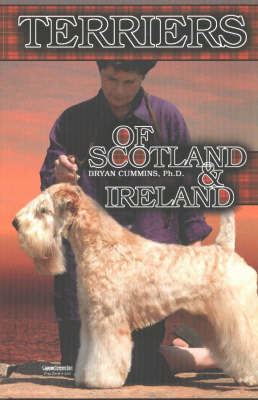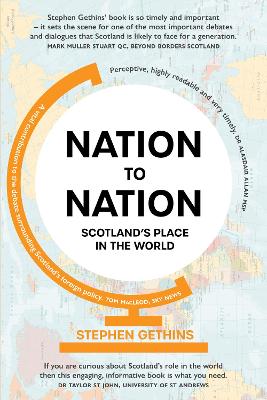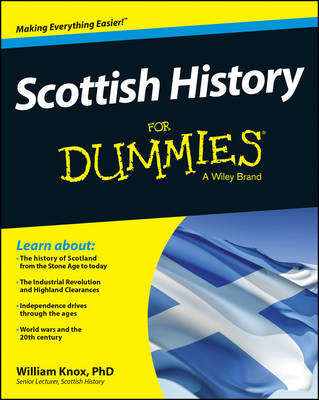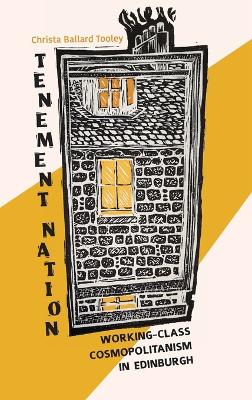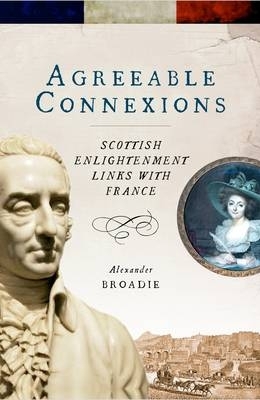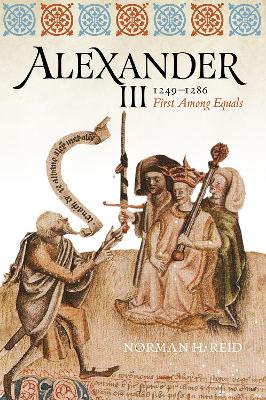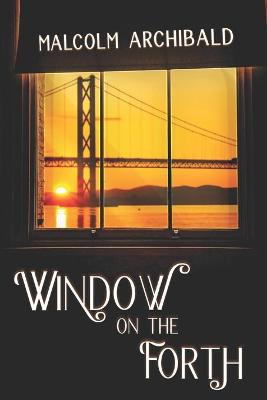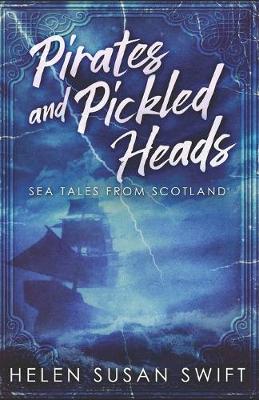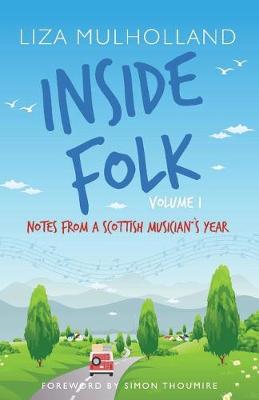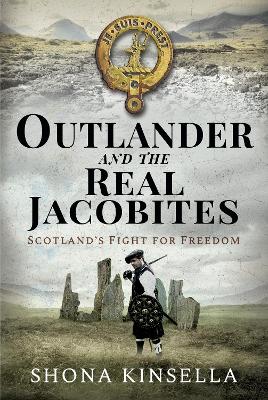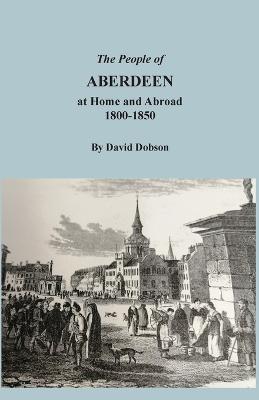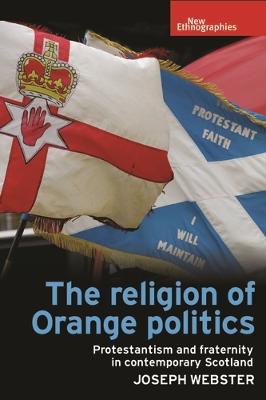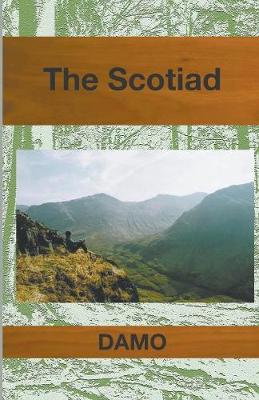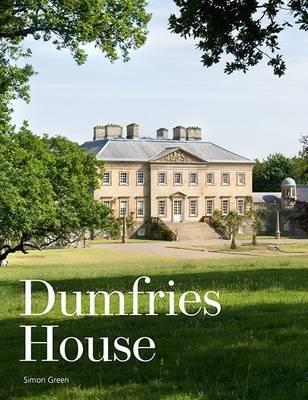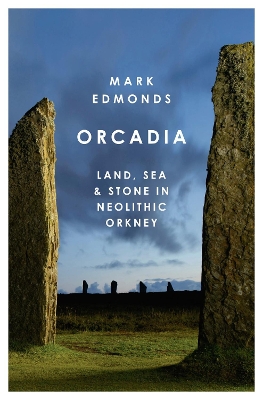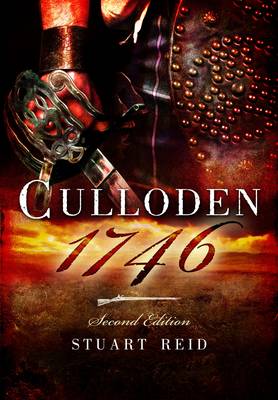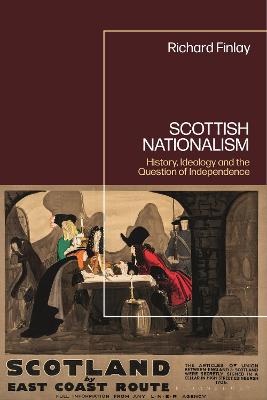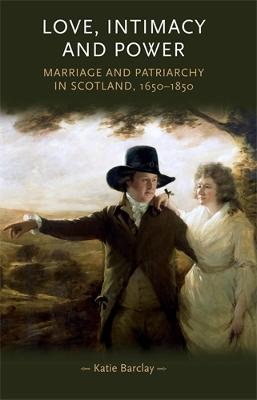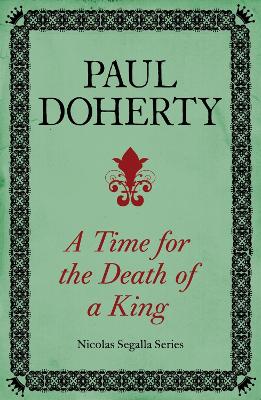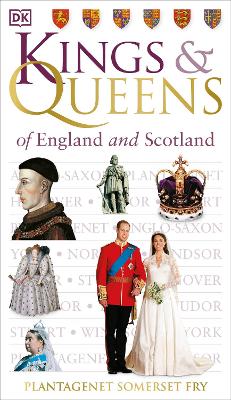Nation to Nation
Scotland has a distinctive place in the world. Nation to Nation explores how this unique relationship with the rest of the world has developed over the years and how it manifests itself today. In this book Stephen Gethins combines his knowledge from years of work in the field - from the conflict zones of the former Soviet Union to the corridors of power in Westminster and Brussels - with insights from political, cultural and academic figures who have been at the heart of foreign policy in Scotla...
From 1999-2004 the Royal Commission on the Ancient and Historic Monuments of Scotland, in partnership with the Royal Incorporation of Architects in Scotland received funding from the Heritage Lottery Fund for the Scottish Architects' Papers Preservation Project. This report documents the project from its inception to its conclusion, and includes full colour illustrations from all 25 collections that form the Scottish Architects' Papers Preservation Project, as well as chapters on cataloguing and...
Explore the fascinating history of Scotland in an easy-to-read guide Want to discover how a small country on the edge of Northern Europe packs an almighty historical punch? Scottish History For Dummies is your guide to the story of Scotland and its place within the historical narratives of Britain, Europe and the rest of the world. You'll find out how Scotland rose from the ashes to forge its own destiny, understand the impact of Scottish historical figures such as William Wallace, Robert the Br...
Around the world, blue-collar politics have become associated with resistance to the multicultural. While this may also be true in Edinburgh, Scotland, a closer look reveals the growth of liberal democratic ideals in the working-class population, which has a much different goal: How can this European city keep the entrepreneurial forces of globalization from commodifying what is distinctly theirs? In Tenement Nation, Christa Ballard Tooley explores the battle for a neighborhood called the Canon...
Scotland has played an immense role in European high culture through the centuries, and among its cultural links none have been greater than those with France. This book shows that the links with France stretch back deep into the Middle Ages, and continue without a break into the eighteenth century, the Age of Enlightenment. In one way or another all of the major figures of the Scottish Enlightenment were in close relation to France, and though this book attends to the broad picture of the cultu...
Winner of the Saltire Society Scottish History Book of the Year 2019 Presiding over an age of relative peace and prosperity, Alexander III represented the zenith of Scottish medieval kingship. The events which followed his early and unexpected death plunged Scotland into turmoil, and into a period of warfare and internal decline which almost brought about the demise of the Scottish state. This study fills a serious gap in the historiography of medieval Scotland. For many decades, even centuri...
_Outlander_ has brought the story of the 1745 Jacobite uprising to the popular imagination, but who were the Jacobites, really? Explore this pivotal moment in Scottish history, visiting some of the key locations from Jamie and Claire's travels. Discover what clan life was really like, read about medicine in the 1700s and find out whether the red coats were really as bad as Jack Randall. Meet Bonnie Prince Charlie and explore how he managed to inspire an uprising from France and then storm Englan...
The religion of Orange politics offers an in-depth anthropological account of the Orange Order in Scotland. Based on ethnographic research collected before, during, and after the Scottish independence referendum, Joseph Webster details how Scotland's largest Protestant-only fraternity shapes the lives of its members and the communities in which they live. Within this Masonic-inspired 'society with secrets', Scottish Orangemen learn how transform themselves and their fellow brethren into what the...
'Thaim wi a guid Scots tongue in their heid are fit tae gang ower the warld'In The Scottish World, renowned broadcaster Billy Kay takes us on a global journey of discovery, highlighting the extraordinary influence the Scots have had on communities and cultures on almost every continent. While others have questioned the self-confidence of the Scots, Kay has travelled the world from Bangkok to Brazil, Warsaw to Waikiki and found ringing endorsements for the integrity and intellect, the poetry and...
On 18 July 1754, William Crichton Dalrymple, the 5th Earl of Dumfries, laid the foundation stone of Dumfries House. It was the first country house built by Robert, John and James Adam - the brothers whose architectural practice was to become the most famous in Britain. Dumfries House lies within its historic landscape in rolling farmland to the west of Cumnock. Completed in 1760, the house was adapted and altered over the years - most significantly and sympathetically by Robert Weir Schultz, a l...
The Orcadian archipelago is a museum of archaeological wonders. The Orcadian Neolithic is home to some of the best-preserved Neolithic sites in Europe: here we can find evidence of a dynamic society with connections binding Orkney to Ireland, to southern Britain and to continental Europe. Yet there is much that remains unknown about the societies that created these sites. In Orcadia, Mark Edmonds traces the development of the Orcadian Neolithic from the early fourth millennium BC through to th...
Culloden Moor is the last and one of the most famous battles in British history. On 16 April 1746 the Duke of Cumberland's government army defeated the Jacobite rebels led by Prince Charles Edward Stuart. In this concise account Stuart Reid, the leading authority on Culloden, sets out in a graphic and easily understood way the movements and deployments of the opposing armies and describes in detail the close and deadly combat that followed. His account incorporates the results of the latest docu...
For more than a decade now, the issue of Scottish independence has been one of the key features in British politics and has raised questions as to the likely survival of the United Kingdom in the post Brexit era. In Scotland, the SNP has been in government since 2007 and has established a political hegemony that makes it the most successful political party in terms of electoral politics in Europe. Yet, the political philosophy of this movement has not been studied in any great depth and a numbe...
Through an analysis of the correspondence of over one hundred couples from the Scottish elites across the seventeenth to nineteenth centuries, this book explores how ideas around the nature of emotional intimacy, love, and friendship within marriage adapted to a modernising economy and society. Patriarchy continued to be the central model for marriage across the period and as a result, women found spaces to hold power within the family, but could not translate it to power beyond the household. C...
She was a passionate lover. But was she also a murderess?In the first of Paul Doherty's series featuring the time travelling scholar Nicholas Segalla, the reader is transported to the 16th century Scottish court. Perfect for fans of Susanna Gregory and C. J. Sansom.Edinburgh, 1567. Beautiful Mary, Queen of Scots, leaves her ill husband's bedside to attend the wedding festivities of her maid of honour. Hours later, the calm night is shattered by a devastating explosion. The King's body is found i...
From the Saxons to the Windsors, from the Tudors to Hanovers, Britain's royal lineage is brought to life in the pages of this visual guide.Kings and Queens of England and Scotland comprehensively chronicles the drama and fortunes of the royal dynasties. Confused about which Henry had six wives and which one was crowned at the age of eight? Want to know more about the birth of Prince George Alexander Louis? The year-by-year chronologies and major events of each monarch's reign are extensively cov...
